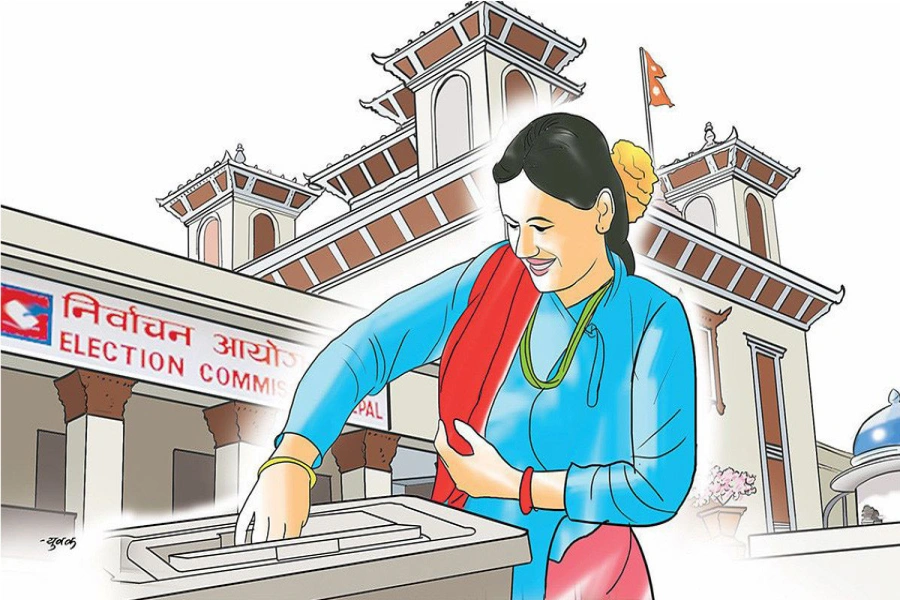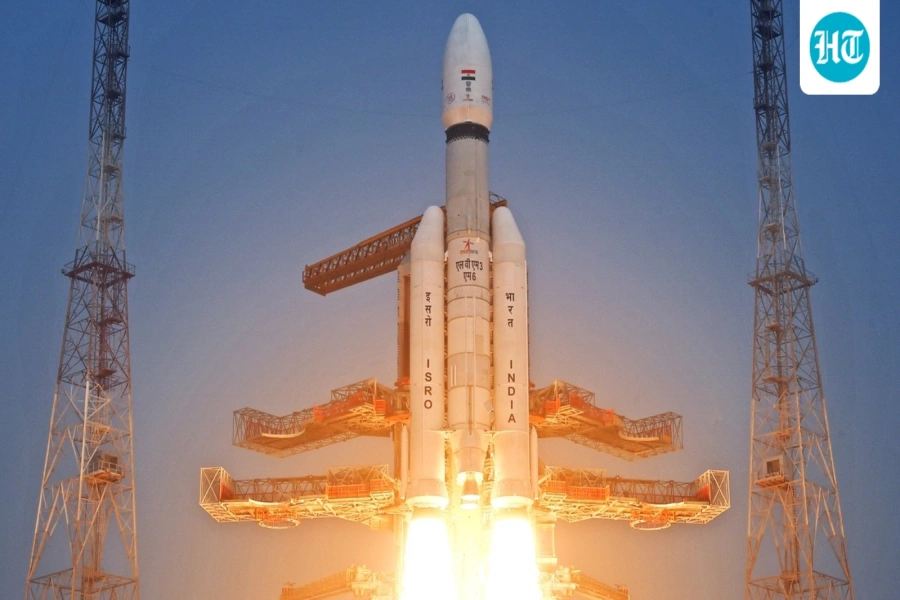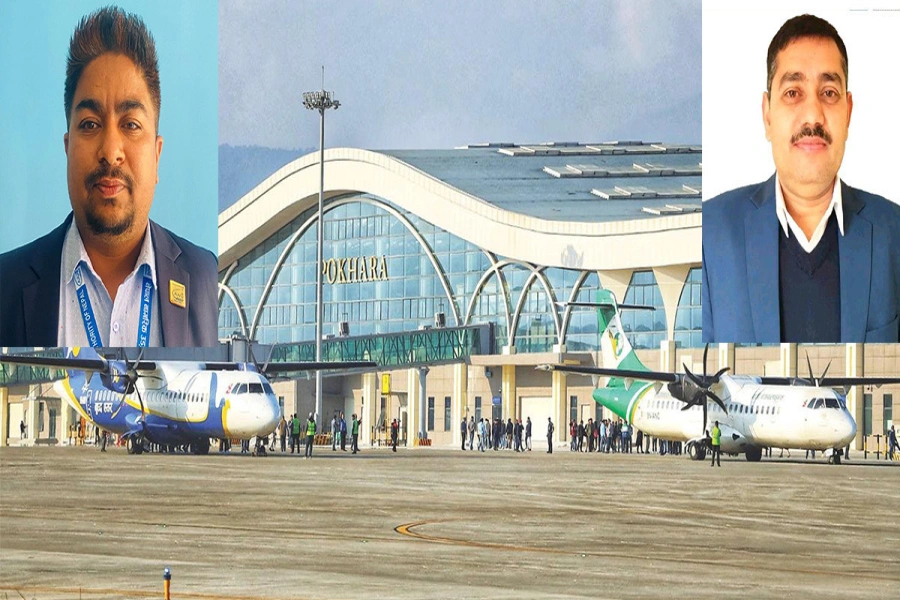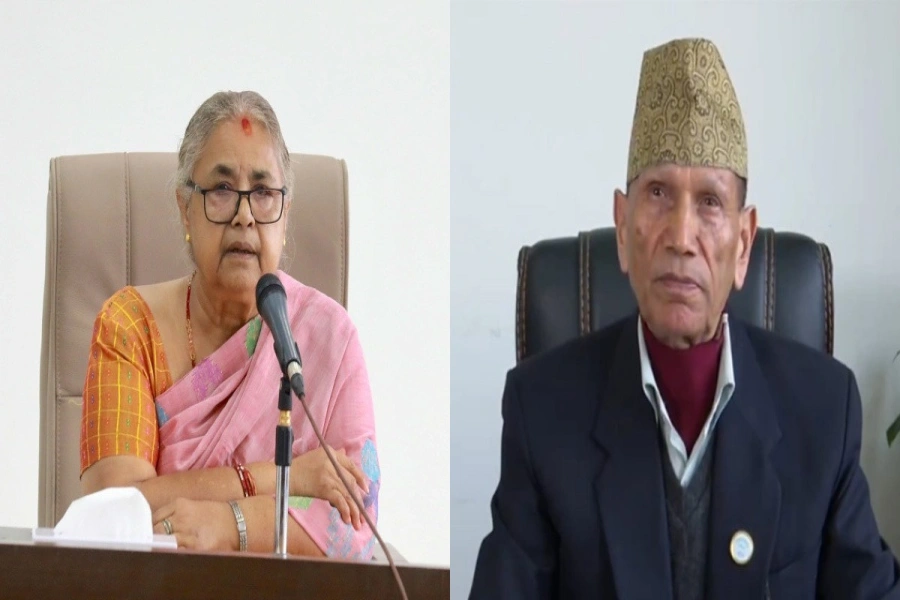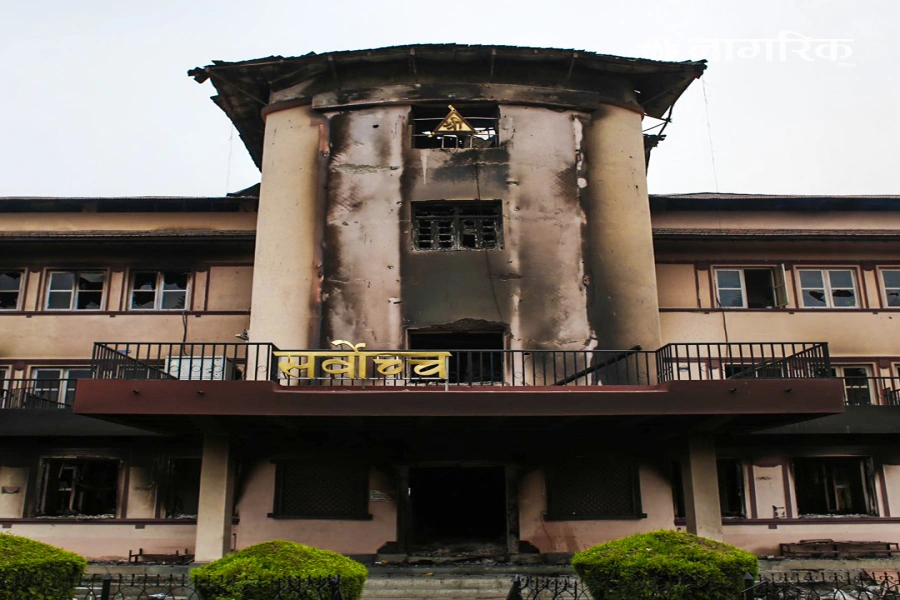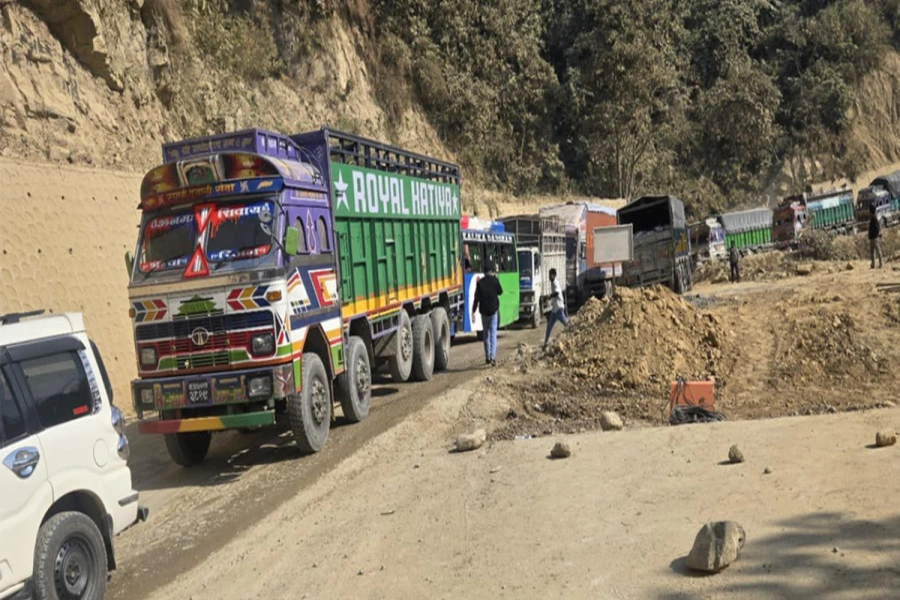The National Planning Commission (NPC) has proposed a budget ceiling of Rs 1.9 trillion for the next fiscal year, aiming to enhance economic growth by ensuring annual budget compatibility and sustaining financial stability. The ceiling has come at a time when Nepal's GDP is likely to increase, with the World Bank projecting Nepal's growth rate at 5.1% in FY 2025, with potential stimulation in the following year. The growth forecast is driven by increased expenditure on infrastructure, the revival of tourism, favorable agricultural prospects, and the expansion of the hydropower sector, which is being aided by power exports to India and Bangladesh. The Nepal Rastra Bank forecasts that inflation will be contained at 5.5%, while the Asian Development Bank and the International Monetary Fund have pegged the rates at 5.0% and 5.2%, respectively. Foreign aid pledges have also soared, with Nepal securing Rs 202.4 billion in new foreign financing through mid-December 2024, a rise compared to the last fiscal year. But our budget projections seem to be unrealistic as revenue shortfalls and expenditure inefficiencies compel the authorities to revise them. Previous Finance Minister Prakash Sharan Mahat cut down Barsha Man Pun's FY budget (Rs 1.860 trillion) to Rs 1.751 trillion in 2023/24. This year too, the government, through the mid-term review, reduced the budget size to Rs 1.692 trillion, Rs 168 billion less than the initially-announced budget.
In the meantime, revenue collection too has been a challenge. Nepal's widening trade deficit, combined with import dependence implies that customs tariff and import tax revenues constitute a large portion of government revenues. As of 19th February 2025, the government had mobilized Rs. 653.31 billion in revenues, which is 46.03% of the target at Rs. 1,419.30 billion for the current fiscal year. It shows the difficulty in achieving revenue goals. Similarly, the nation is remittance-dependent, and remittances contribute almost 25% to its GDP. Remittances touched Rs 763.08 billion in mid-January 2025, recording a 4.1% year-on-year growth. Yet, the outflow of Nepali workers to foreign nations on a large scale has caused a lack of necessary, skilled manpower domestically, making the economy susceptible to outside forces. Likewise, Nepal's financial sector loses the confidence of the people as it finds itself in difficulties owing to several issues, including significant nonperforming loans or bad loans, liquidity crunch, and poor regulatory oversight that often creates an impact on the economy.
Political Instability takes Toll on Nepal’s Economic Developmen...

Furthermore, low agricultural productivity renders Nepal a food import-dependent nation. The manufacturing sector is beset by high costs of production, energy shortages and bureaucratic inefficiencies. Other developmental activities had been held up because of delays in the construction of hydropower plants. Tourism has also been affected because of a lack of infrastructure. Most importantly, recurrent government spending has posed a significant quandary. Salaries, pensions, and social security take a huge chunk of the budget, with little room for capital investment in development infrastructures. Political interference, where politicians make populist promises that may not be economically viable, has also inflated the budget, resulting in the cancellation or underfunding of such initiatives. All these occurrences have impacted our economy negatively. In short, the new budget ceiling of Rs. 1.9 trillion offers a much-needed framework for stimulating the nation's economic growth. However, issues of achieving budget targets are likely to persist. For instance, the US administration has indicated that it will end funding under USAID and even review the Millennium Challenge Corporation assistance to Nepal, affecting several social and development programs. Managing such issues through budgetary management, revenue generation and export diversification is essential to ensure economic stability is achievable in the upcoming fiscal year.






